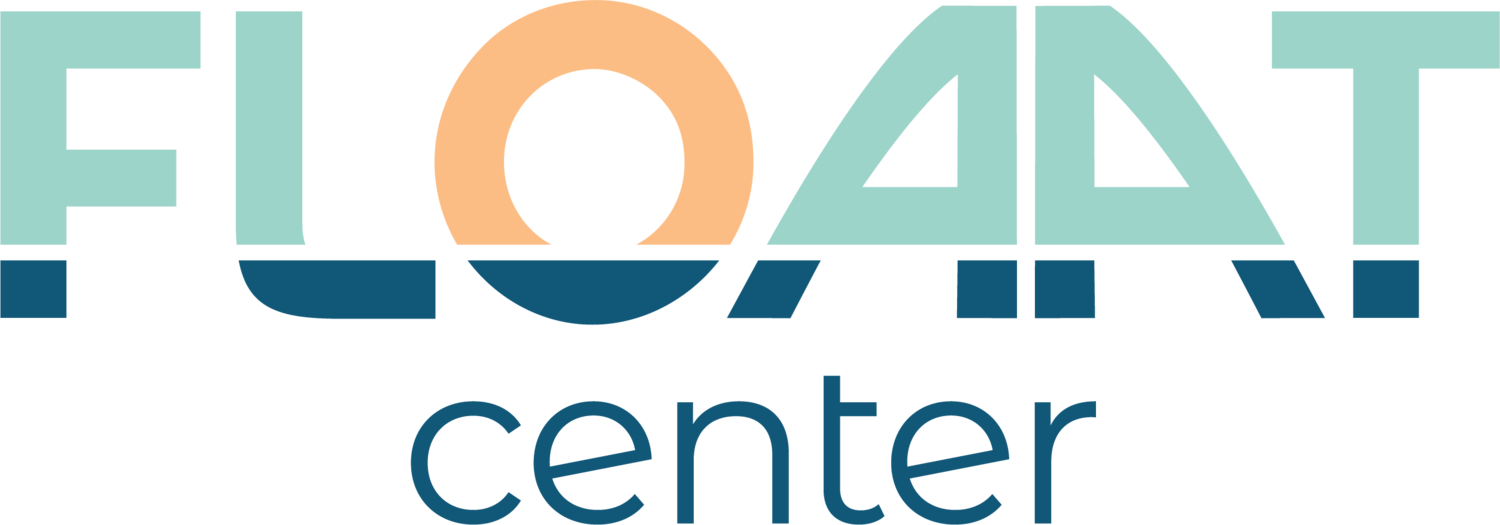Fidget Tools, CBT, and Self-Compassion: Creating a Supportive Routine for Trichotillomania
Author: Mokshvi Shah, BS Northeastern University Student
Published: August 2025
Trichotillomania, or compulsive hair-pulling, often lives in the shadows. Many people affected by it carry feelings of shame, secrecy, or confusion about why they can’t “just stop.” But like many body-focused repetitive behaviors (BFRBs), trichotillomania isn’t about willpower. It’s a complex interaction between sensory needs, emotional regulation, and mental health. With the right tools, both physical and psychological, managing it becomes not only possible but empowering.
Hair-pulling often serves as a coping mechanism. For some, it’s tied to anxiety or boredom. For others, it’s a response to sensory discomfort or a need for soothing. The urge can be automatic, happening outside of conscious awareness, or it can be focused, used deliberately to relieve tension.
Recognizing what kind of urge you're experiencing is key. Tracking patterns (such as time of day, emotional state, or environment) can reveal triggers that help inform intervention strategies.
Fidget Tools: Meeting the Need Without Harm
Fidget tools aren’t a gimmick, they’re a form of harm reduction. Instead of suppressing the need to fidget, these tools provide safer outlets for tactile stimulation. Popular options include:
Tangle toys or textured putty
Hairbrushes or scalp massagers
Beaded bracelets you can roll between your fingers
The goal isn’t to eliminate the urge but to redirect it. Finding tools that match the sensory satisfaction of hair-pulling, whether it’s the tactile feel or the repetitive motion, can significantly reduce pulling frequency over time.
CBT and Habit Reversal Training (HRT)
Cognitive Behavioral Therapy (CBT), particularly when paired with Habit Reversal Training, is one of the most effective treatments for trichotillomania. The approach typically includes:
Awareness training: Learning to recognize pulling behavior in the moment
Competing response training: Replacing pulling with an incompatible behavior (e.g., clenching fists, using a fidget tool)
Cognitive restructuring: Addressing self-critical thoughts and the shame often associated with the behavior
Stimulus control: Modifying the environment to reduce triggers (e.g., wearing gloves during stressful moments or removing tweezers from your desk)
This structured approach can help you break the cycle of automatic pulling while addressing the underlying emotional drivers.
The Role of Self-Compassion
Shame often fuels the cycle of pulling. You pull, feel guilty or embarrassed, and then pull again to soothe that guilt. Interrupting that loop requires self-compassion. Instead of judging yourself for the behavior, try asking: What am I needing right now? or What would I say to a friend who was struggling with this?
Therapy can help foster this internal kindness. Techniques like mindful self-compassion practices, affirmations, or even writing a compassionate letter to yourself after an episode can reduce emotional reactivity and build resilience.
Creating a Supportive Routine
Trichotillomania management is about more than just resisting urges. It’s about creating a daily environment that supports regulation and well-being. A few helpful elements include:
Structured check-ins: Set reminders to pause and notice how you’re feeling.
Sleep and nutrition: Basic health needs have a huge impact on impulse control.
Movement: Physical activity, even light stretching, can reduce anxiety and restlessness.
Community: Joining a support group (in person or online) can reduce isolation and normalize the experience.
